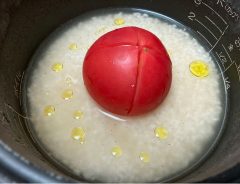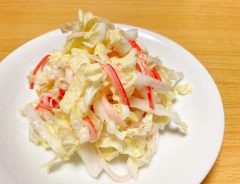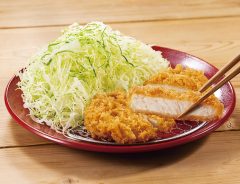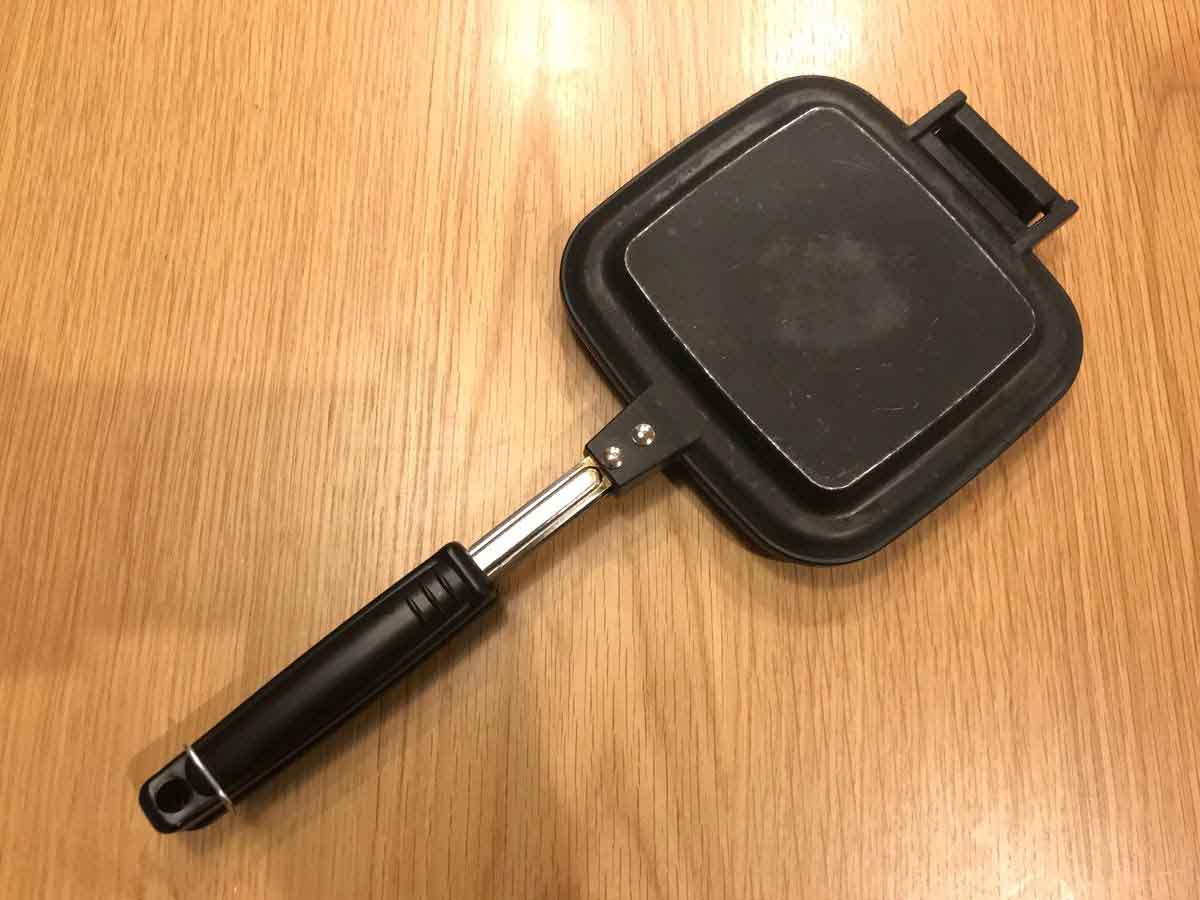- Tags:
- Katsu / pork katsu / Recipe / sandwich press / Tonkatsu
Related Article
-

Japanese agricultural group’s easy mess-free tomato rice recipe is the talk of Twitter
-

Yakisoba pan monster! We tried Nissin’s recipe using their super concentrated U.F.O. Yakisoba
-

Simple sweet potato mochi balls are a delicious fall treat [recipe]
-

This tasty Japanese twist on coleslaw could help you avoid food waste
-

Katsu chain Katsuya brings its “best-effort pork katsu” to your dining table
-

Bacon and eggs katsu could be the breakaway breakfast combo to crave this summer



With the growing international popularity of pork katsu, there is no dearth of recipes you can find to make it at home. But did you know you could also make it with a stovetop sandwich press?
Here's a recipe from our sister site Grape based on a tip that has apparently been trending on Japanese-language social media:
Ingredients
*Since it's very fine and doesn't form lumps, this recipe uses a type of starch (intended for sauces) that doesn't need to be pre-dissolved in water, but you can use regular potato starch as well.
Photo by Grape
Dredge the pork with the potato starch
Photo by Grape
After amply coating and dredging the pork, coat the slices in the beaten egg mixture.
Photo by Grape
Mix panko breadcrumbs with olive oil
Photo by Grape
Put the breadcrumbs in a separate tray and mix them with olive oil. You should add enough oil to moisten the breadcrumbs all over, as shown in the picture above, which shouldn't be more than about 4 tablespoons, maybe more or less depending on the size of your pork cuts
Place ingredients inside the sandwich press
Photo by Grape
Spread half of the breadcrumbs on one side, and place the two slices of pork on top of it.
Photo by Grape
Put the rest of the breadcrumbs on top of that.
Photo by Grape
Now close the sandwich press, place it on the stove and begin cooking at low to medium heat.
Photo by Grape
When the breadcrumbs are browned, turn the press over and cook the other side.
When you've confirmed that both sides are browned, place a piece of kitchen paper on one browned side and cover it with the lid. This way, the kitchen paper will absorb the excess oil.
Photo by Grape
A word of caution: As you can see from the photo, one thing you need to watch out for is kitchen paper protruding from the press catching fire. When you do it, you can avoid this by folding in the edges of the paper to prevent them from sticking out.
Photo by Grape
Turn the press over and place another sheet of paper on the other side, repeating the same process.
Remove the kitchen paper one side at a time, place pork katsu on a plate, and cut into strips. Serve with shredded cabbage and katsu sauce if you wish...
Photo by Grape
The result looks delicious.
The batter is crispy and the meat is well cooked, too.
If you use a sandwich press instead of the traditional method requiring deep-frying, you only use a fraction of oil, your breading won't be too oily, and you won't have to worry about disposing of the oil either. Moreover, since you'll have none of the oil splatterings which sometimes comes with deep-frying, you'll keep your kitchen cleaner and you won't need to spend extra time cleaning up the mess.
You get a tasty pork katsu meal, you reduce the risk of clogging your pipes (both in your body and your kitchen), you save a bit of money, and maybe even some time!
If you have a sandwich press at home, why not give it a try?